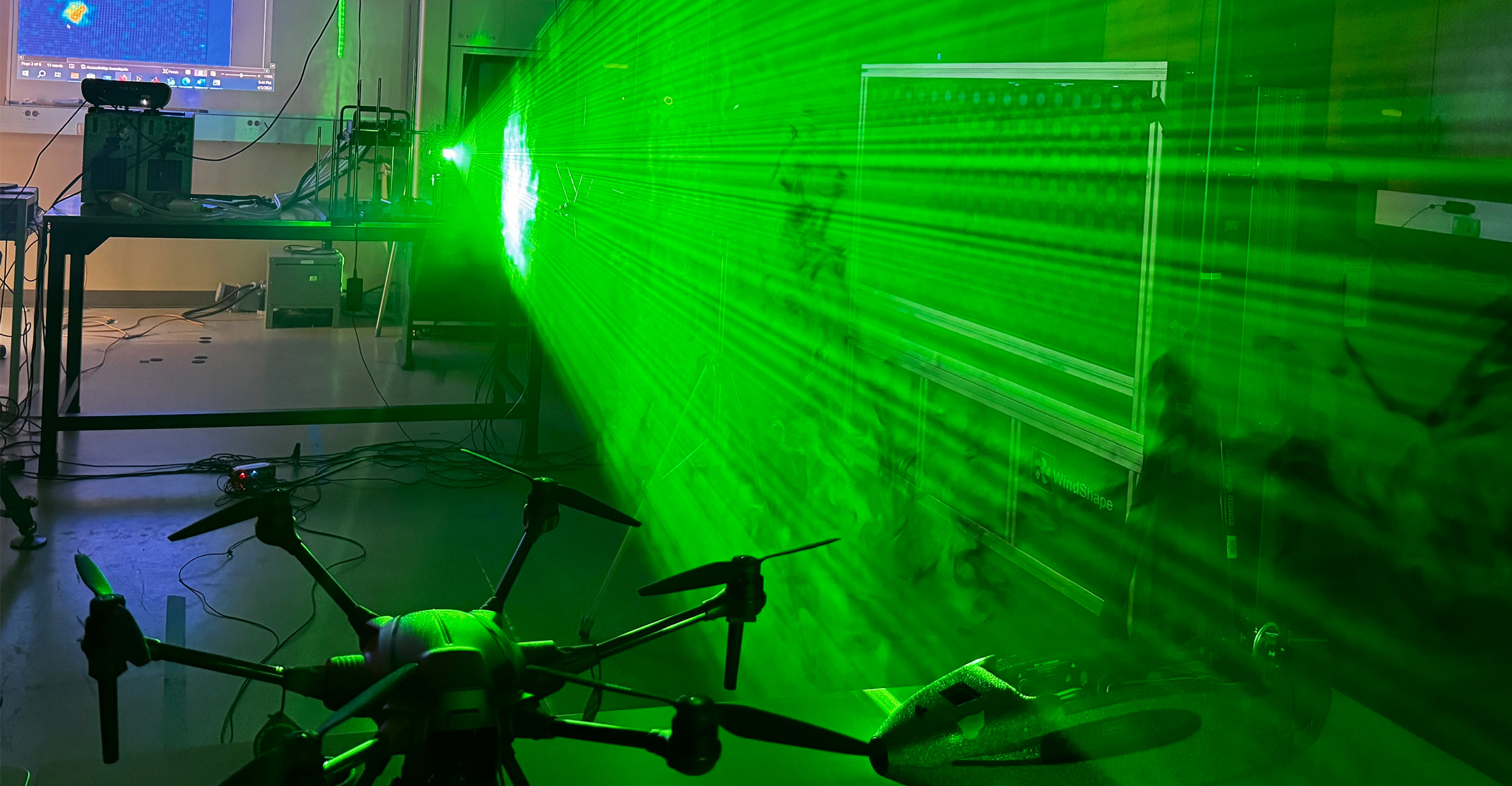
Jacob researching solutions to turbulence in unmanned aerial systems
Monday, October 28, 2024
Media Contact: Desa James | Communications Coordinator | 405-744-2669 | desa.james@okstate.edu
Unmanned aerial systems, commonly known as drones, are becoming essential tools in various fields ranging from agriculture to disaster response.

However, operating them in turbulent environments, especially urban areas where wind patterns are unpredictable, presents an enormous challenge. Dr. Jamey Jacob, Regents Professor and Williams Chair in Energy Technology in the School of Mechanical and Aerospace Engineering for Oklahoma State University’s College of Engineering, Architecture and Technology, and his team are working to solve this problem through physical turbulence simulations under a new grant from the National Science Foundation in collaboration with the Swiss National Science Foundation.
One of the biggest obstacles in UAS operations is replicating turbulence to validate the aircraft's performance in real-world conditions.
"Larger aircraft are designed to handle gusts that are lower in magnitude compared to free stream velocities," Jacob said. "For small UAS, changes in wind conditions can be much larger and more difficult to navigate, particularly in urban environments where buildings significantly impact airflow."
To tackle this issue, the research team is utilizing a wind-shaping system in a unique wind tunnel environment. This setup, known as a wind wall, replicates turbulence in a laboratory environment, creating both gusts and shears that would be similar to what you see in the real world.

This research is a collaborative effort. OSU is partnering with Dr. Flavio Noca from the École Polytechnique Fédérale de Lausanne in Switzerland and Windshape, a company based at the Osage Nation Skyway36 Droneport in Tulsa.
The impact of advancements in UAS technology is far-reaching. From disaster response to commercial applications, drones are becoming a vital part of modern life.
"For UAS to operate in practical applications, they must be capable of flying in all weather conditions, including high winds," Jacob said. “This is particularly important for disaster response, where severe weather may be prevalent. As such, our research will help enable these operations and aid first responders in performing their mission."
This project builds on current research funded by the NSF, NASA and the Economic Development Administration, with experiments taking place on both the Tulsa and Stillwater campuses.
You can read more about Jacob’s research here.
